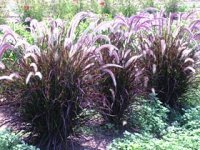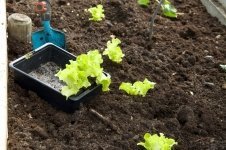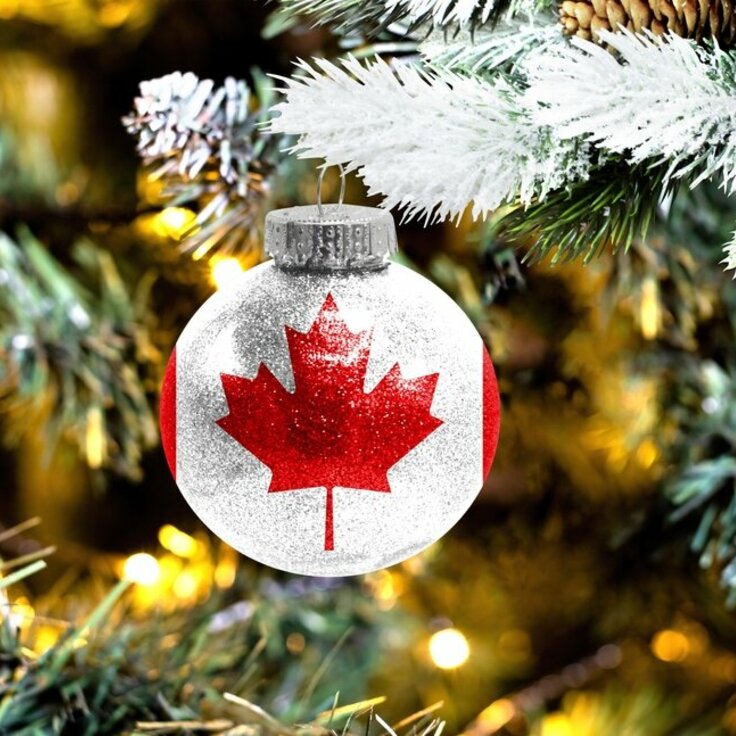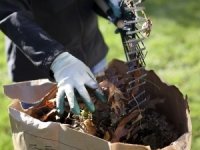Harvesting and Storing Pumpkins and Squash
As the weather begins to cool and the days begin to shorten, we look forward to the colorful harvest of pumpkins and winter squash. These sturdy vegetables are emblematic of autumn, whether for seasonal decorating, grinning Jack-o-lanterns, Thanksgiving pies, or warming stews and casseroles. And with proper harvesting and storage techniques, you can enjoy this vegetable bounty long after cold weather has closed the garden down.
When to harvest: Winter squash and pumpkins are ripe and ready for harvest when they have reached the mature color for their variety, their rinds are thick enough that they can't be easily dented with a thumbnail, and when the stem turns hard and begins to shrivel. But be sure to pick before the first hard frost or they won't keep well. Cut rather than pull squashes and pumpkins from the vine, leaving 2-3 inches of stem, and don't lift fruits by their stems.
Cure for longer storage: Select only the best specimens for storage. Any bumps, bruises, broken stems, or soft spots will shorten storage life, so eat any less than perfect fruits promptly. For the longest storage and the best flavor, ″cure″ your winter squash and pumpkins. Curing allows their shells to toughen and dry more thoroughly. Place them in a warm, well-ventilated spot (70-85 degrees F is ideal) for several weeks.
Store cool and dry: After they are cured, store squash and pumpkins in a cool spot (no lower than 50 degrees F, and ideally below 60 degrees) with low humidity. Any cool, dry, dark spot is fine, whether it's in an unheated spare room, a cool closet, or a dry basement. But wherever they are, be sure to check the stored veggies regularly and remove any that are getting soft or showing signs of rot.
Read more from the National Gardening Association.








